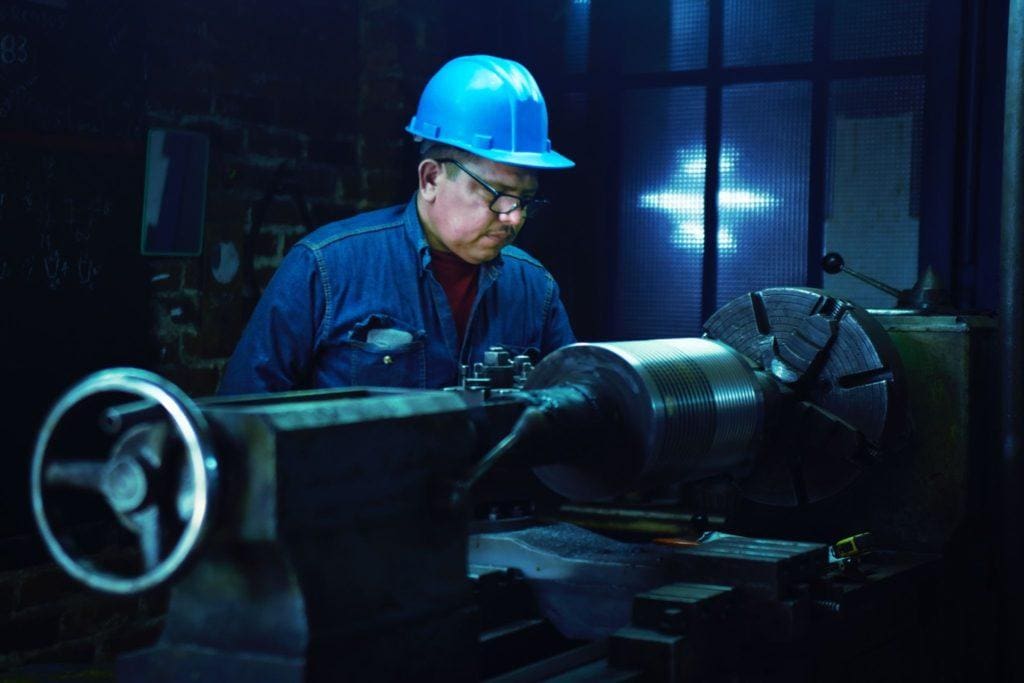New data reveals that factory production across most industries in the United States slowed in August, possibly for many reasons. Hurricane Ida forced many factories to halt business, supply constraints are still hampering businesses in all industries, and raw material and labor shortages are also affecting how many companies run. However, there are still signs that manufacturing remains quite strong even with these many issues affecting factory activity, though many companies do have smaller inventories than desired, which may become an issue in the future — especially during and after the expected large holiday season at the end of the year.
According to the Federal Reserve, manufacturing output increased by about 0.2% — a sharp slowdown compared to last month’s 1.6% surge. However, most of this can be traced back to Hurricane Ida, which greatly affected factory productions in the United States, as well as offshore energy production for the country. As a result of the hurricane, factories that dealt with petrochemicals, petroleum refining, and plastic resins were forced to temporarily close.
While consumer demand has slowed down for goods in the past few months — as many consumers shifted their attention to services — the back-to-school season did see an increase in many good purchases. For example, sales of computer and electronic goods did rise. However, machinery and production in these industries didn’t increase as desired, mainly because there is still a global chip and raw material shortage that has greatly impacted how much factories can produce.
This global chip shortage has also greatly impacted the auto industry, forcing many car manufacturers to halt production or slow down. At auto plants, output increased by about 0.1% — this after a huge 9.5% increase in July, after automakers decided to keep summer plants open as they dealt with new ways to create products amid the global chip shortage.
Raw material shortages and the global supply chain bottleneck have recently been hampered even more because of the Delta variant of COVID-19. Infections have risen in the United States and around the world, forcing factories and production of raw materials to slow down as a result. Ports have continued to become congested, too.
Because of all of these current problems, it appears that manufacturing may continue to grow as many companies learn how to work around these massive issues that previously hindered their ability to create goods. However, more than likely their inventories will remain low. Global supply chain problems will likely keep many businesses from truly building a large inventory of stock, as many desire. This may become a bigger issue towards the end of the year, especially if the winter holiday season does quite well. The larger the consumer demand, the less stock these companies will have, even if they do still experience some manufacturing growth in their factories.
Supply chain issues and raw material shortages are, therefore, the main issues as to why factories are not able to manufacture at the rate desired. This is keeping businesses and the economy from a strong recovery and rebound. However, factory production is 1.0% above what it was before the pandemic.
